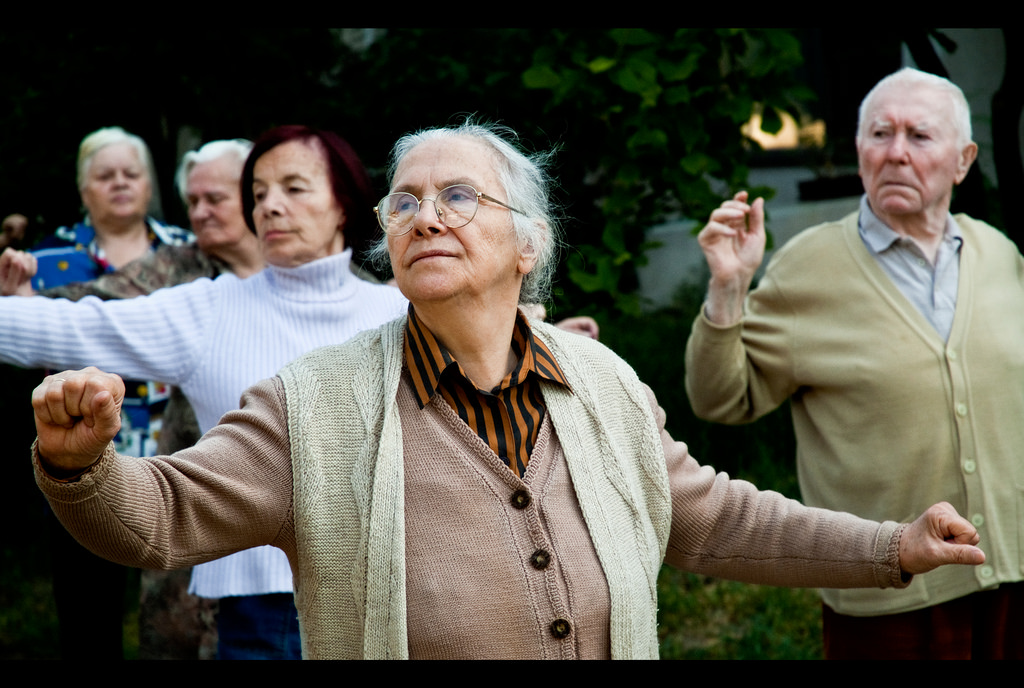Activity coordinators share their ideas for getting everyone involved.
When looking at increasing engagement it is important to acknowledge that it is someone’s choice whether to be involved in what is on offer. By the time you are in your 70s, 80s and 90s, it’s ok to feel sleepy and take a nap in the afternoon, or not to enjoy large group activities. The key is to keep asking, encouraging and adapting what you offer and the way that you offer it so that individual needs are met. For those who prefer to spend time in their rooms or are uncomfortable in larger groups, look to engage them one-to-one or take the activity to them.
It is also worth checking that other barriers to participation, such as sight or hearing problems are not standing in the way. Pain or being uncomfortable is also something to consider if someone declines to take part.
And remember, an activity is not just of the group variety – it can be anything from a simple chat with a carer, a tap of a foot to music or watching birds through a window. So, you may find that people are more involved than you thought.
Tips for engaging people:
- An individualised approach works best – get to know them and find out about their life history, interests, hobbies and likes and dislikes.
- As well as getting to know them, they need time to get to know and trust you too.
- Think about the way you approach someone – show enthusiasm and be happy and ‘sell’ them the activity. Consider what mood they are in and adjust your approach accordingly and remember to be patient and kind.
- Don’t rush people and tell them what to do. Engage in conversation before asking them if they would like to join in.
- Show them what an activity is, rather than describe something – a visual or sensory aid will often help with engagement.
- A different approach is needed for those with dementia and those without – one size won’t fit all. Always check that an activity is appropriate, as some may prefer a structured meeting, whilst others may prefer bouncing a large balloon back and forth.
- Make people curious – leave half-done activities around such as jigsaws, some knitting, or books that are open.
- Think about where you’re holding the activity – can non-participants hear and see you? Often people are drawn to investigate chatter, laughter and music.
- Don’t give up if the first time someone says no – try a different day, time of day and a different approach and you may get a different response.
- Introduce people with similar interests – ‘buddying up’ and encouraging friendships can provide support and help with participation.
- Many people respond to being useful and needed – ‘Would you come and help me set up the painting activity?’ Or you could ask them to show you how something is done, and appeal to their expertise and wider knowledge.
- If you think someone will like something you have organised, but they generally say no, then try and approach through friends and family members – invite them to participate too!
- Listen to people – your undivided attention will go a long way.
- Issue invitations – the personal touch works wonders.
- When people do join in, always compliment their achievements. Using lots of praise, thanks and reassurance will help to create a positive experience and will hopefully encourage people to take part again.
- Music works really well!
- Try taking the activity to someone, rather than expecting them to come to it – mobile activity trollies are great.
- Work with smaller groups and one-to-one, not just large group activities.
- Get people interacting with people from outside the care home and with different generations toddlers, school children, police, army, church representatives etc.
- Animals are brilliant at engaging people on a different level.




